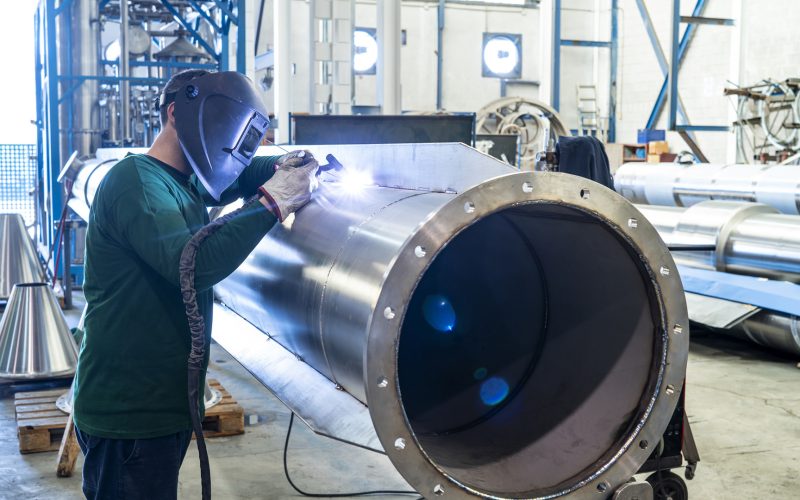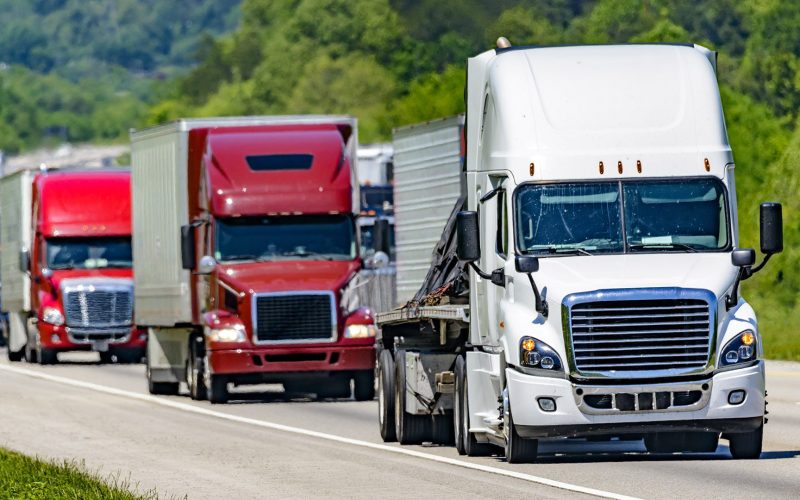THE VOICE FOR THE ENERGY CONSUMER

CEA President David Holt joined KTRH to discuss recent attempts to limit consumer choice in the automotive marketplace by banning cars and trucks powered by gas and diesel. Listen here.

Houston, TX – Consumer Energy Alliance (CEA), the leading energy and environmental advocate for families and businesses, released a new analysis detailing how high energy prices caused by bad policies.

• With Inflation Rampant and Oil Prices over $90, More – Not Less – Energy Needed • Plan Cuts Acreage in One of World’s Least Carbon-Intensive Offshore Basins; Will Lead.

CEA’s 2023 EV Report outlines how hasty policy considerations in other states would harm EV market New targeted billboard, digital ad effort urges Gov. John Carney to “Stop the Car.

• CEA applauds decision by U.S. District Court for the Western District of Louisiana • Preliminary injunction reinstates acreage originally offered in Lease Sale 261, removes additional restrictions WASHINGTON –.

With Delaware seeking to emulate California by banning gas and diesel powered trucks and cars, CEA’s Mike Butler looks at whether the state is ready to force a transition without.

• Bill introduced by Congressman Garrett Graves requires two Gulf of Mexico offshore oil and natural gas lease sales each in 2024, 2025 WASHINGTON – Consumer Energy Alliance (CEA), the.

CEA’s Mike Butler talks about the need to depoliticize energy and environmental policymaking in Delaware by arming the public with unbiased information. Unlike New York and New Jersey, which are.

CEA’s Andrew Browning examines the need for a skilled workforce to tackle Colorado’s energy transition. The next major pipeline the energy industry in Colorado (and the entire world) must confront.

CEA’s Chris Ventura joined Martin Romjue of Charged Fleet to talk about the impact electric vehicle mandates might have on fleet owners and operators. Listen here – ChargedFleet
.